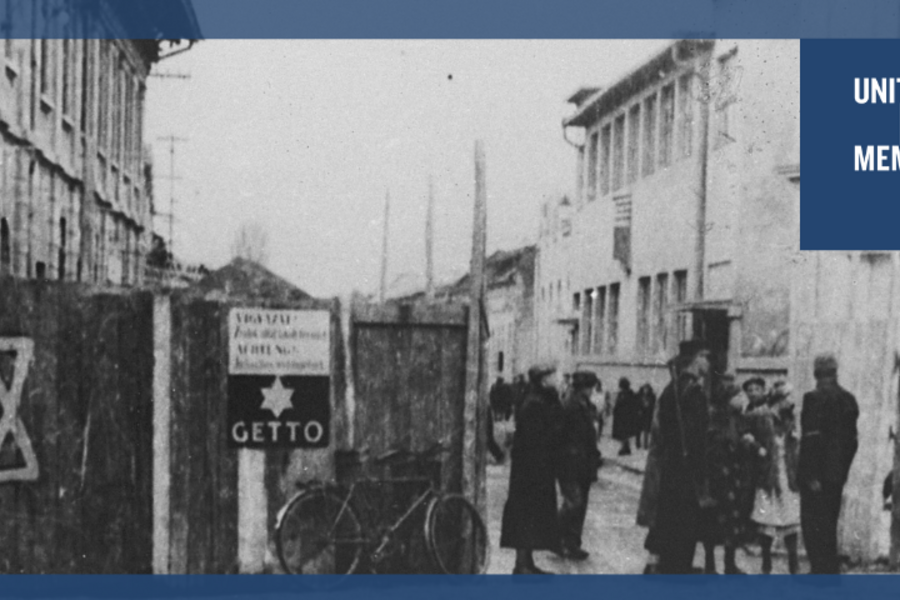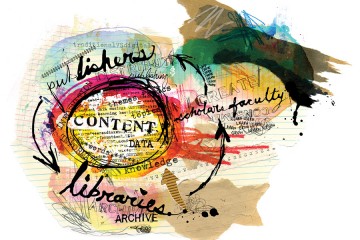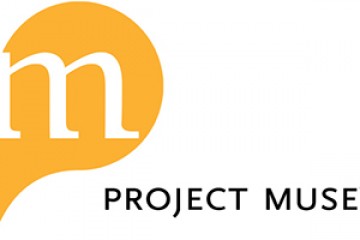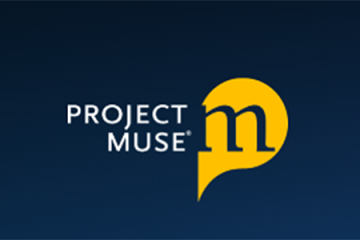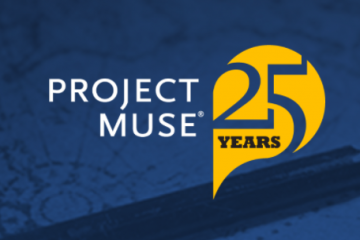How do you keep alive the memory of the Holocaust? How do you ensure that it doesn't become a chapter of history whose horrors fade and become increasingly unfamiliar to younger generations?
That challenge is at the heart of an innovative collaboration between the United States Holocaust Memorial Museum and Project MUSE, a division of Johns Hopkins University Press that provides online access to thousands of publications. Specifically, the project involves converting the museum's comprehensive research on Nazi camps and ghettos into open access, searchable digital content on the Project MUSE platform.
"We feel our responsibility is to meet our audiences where they are, which is online," says Alexandra Lohse, applied research scholar team lead at the museum's Mandel Center for Advanced Holocaust Studies. "We want to ensure that they have easy access to high-quality empirical research so that that stays part of the conversation."
Previously, the multiple volumes of the museum's Encyclopedia of Camps and Ghettos, 1933-1945 were available only in printed books and a PDF format, which limited not only how the content could be consumed but also how it could be searched and updated. The digital upgrades of the first four volumes of the encyclopedia, published between 2009 and 2022, will be accessible on Project MUSE starting in May. Eventually, all seven volumes will be available.
"Breaking the content free of the PDF makes it much more accessible," says Wendy Queen, director of Project MUSE. "Then you add the open access layer, and now anybody with an internet connection will be able to experience this content."
That's become a priority for the Mandel Center as it continues to find more evidence of Nazi persecutory sites. Through 25 years of research, scholars working on the series have documented thousands of ghettos and camps operated by Nazi Germany and its allies.
"We're obviously documenting the well-known concentration camps and killing centers—you know, Auschwitz, Dachau, the Warsaw Ghetto," Lohse says. "But the goal is to also document the hundreds of smaller sites that may have operated for just a few weeks in a small town but really unraveled the local fabric of those communities, and where for many survivors or descendants of Nazi victims, their families had their lives upended."
One notable aspect of the user experience on Project MUSE is an interactive map that will reflect the massive scale and scope of the Nazi persecution system.
"You pull up this map, and it shows where all these camps and ghettos were across Europe and into the Soviet Union," says Kelley Squazzo, director of library and publisher partnerships at Project MUSE. "And it just really kind of takes your breath away."
The partnership comes at a time when fewer and fewer of those who lived through the Nazi genocide are alive to tell their stories. So, as Laura Foster, director of academic publications at the Mandel Center points out, it's imperative that a considerably larger and more diverse audience have access to those accounts—from academic researchers to family genealogists.
"Accessibility to this high-quality scholarship becomes even more valuable," she says. "But Holocaust studies is still a relatively new field, so it's interesting to see this shift from these firsthand accounts to a field that can be looked at through so many different lenses."
Holocaust research has broadened, she says, and scholars are now working in numerous areas, such as archaeology and psychology. Lohse says researchers are also focusing on a wider variety of sources—things like memoirs, personal letters, and diaries but also testimony from trials and investigations after the war, much of which has only become accessible in recent years. All provide more evidence of how the extensive persecution system worked. She notes that given how quickly and widely misinformation and disinformation can now be disseminated, it's that much more critical to provide factual evidence of those events, along with the sources of that information.
For Project MUSE, which launched in 1995 as one of the earliest online distribution platforms for academic content, the collaboration with the museum is a chance to break new ground.
"For the past 30 years, MUSE has focused primarily on traditional publishing formats like journals and books," Queen says. "Hosting the encyclopedia represents an opportunity to explore more innovative and creative approaches to digital publishing."
It also enables events that occurred almost a century ago to feel more dynamic, rather than locked into times past. "It gives us an amazing way to keep the content evergreen," Squazzo says. "Say [museum researchers] discover additional details, perhaps about a camp or ghetto covered in volume 1 of the encyclopedia. They can submit the new information, and we can keep the product up to date. And that, we believe, can keep users coming back."
Posted in Politics+Society




